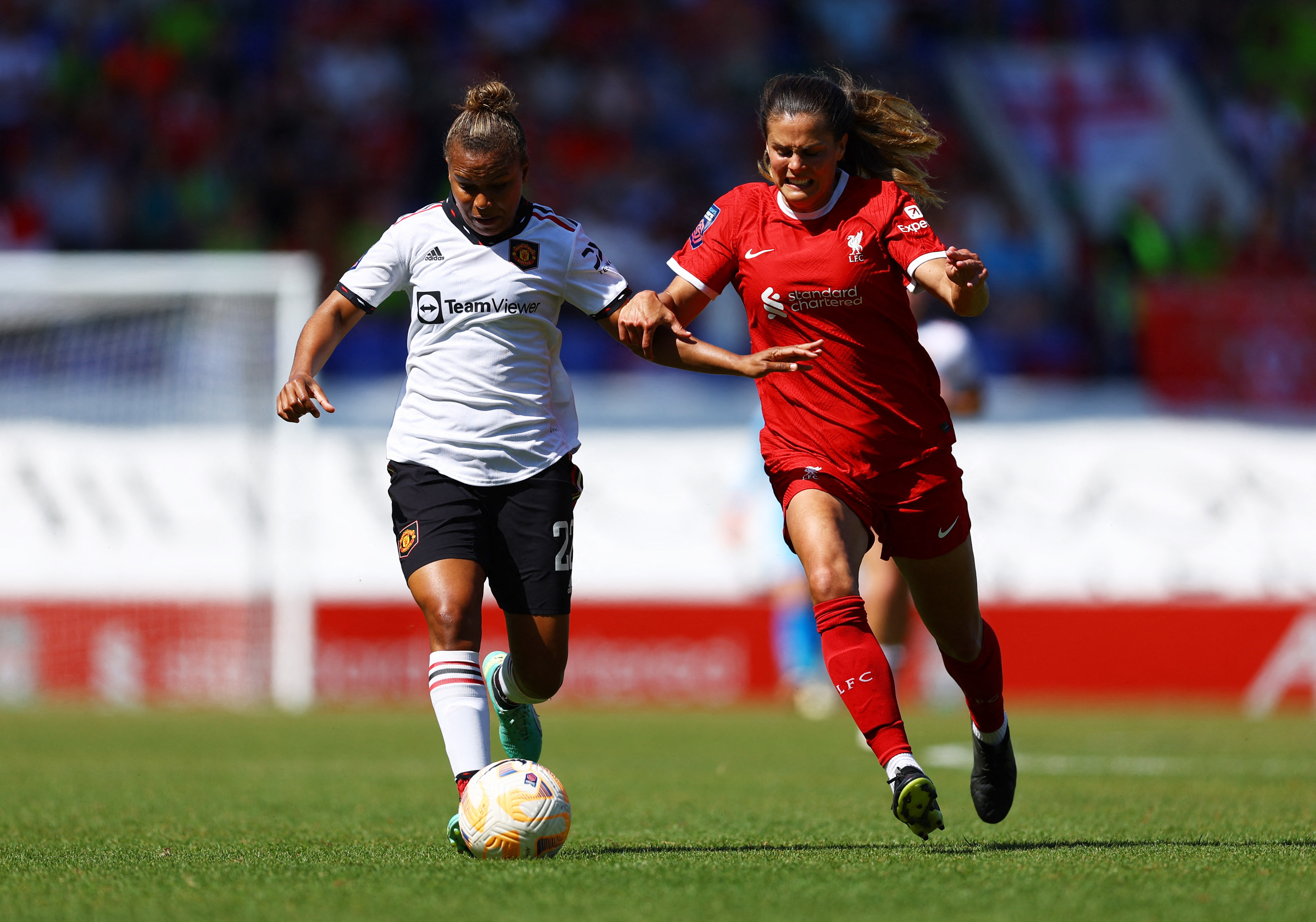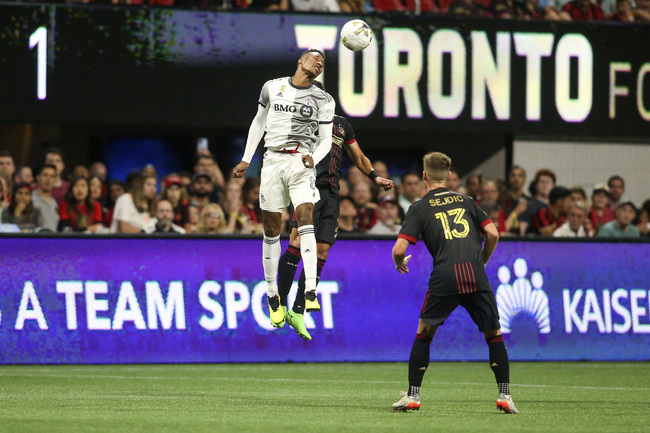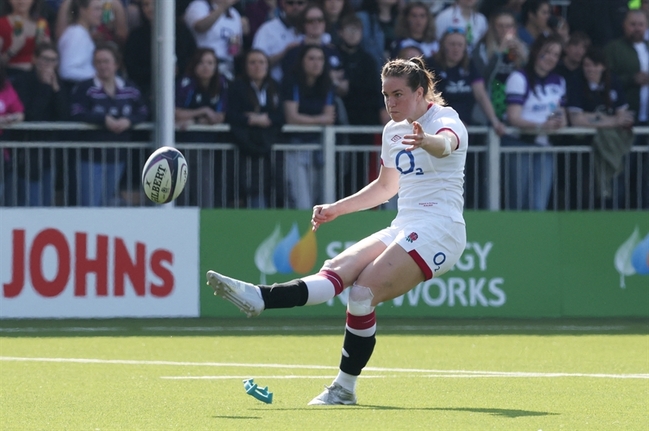Fun-sized: Concepts for reducing youth injuries
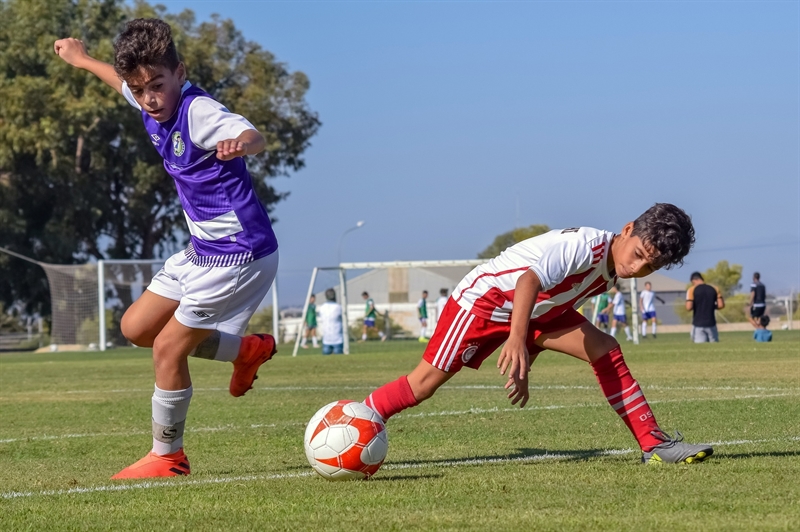
Image by Dimitris Vetsikas from Pixabay
Three processes characterize youth development from birth to adulthood(1):
- Growth refers to the changes in body composition, proportions, and overall body size.
- Maturation is the progression towards biological maturity for the body system’s including skeletal, neuromuscular, reproductive, somatic, endocrine, etc.
- Development covers behavioral adaptations such as cognitive, emotional, social, and moral skills(1).
While all three stages coincide, the time of the most interaction and acquirement occurs during the adolescent years(1).Maturation assessment depends on status, timing, and tempo. Status is the level of maturity displayed at that time; timing is the age at which key maturation events occur; and tempo is the rate at which the maturation occurs(2, 3).
Participation in sports is largely based on the athlete’s chronological age (CA). Within this grouping, the athlete’s age would likely reflect their experience, cognitive, motor, and social development as these parameters are all age-related developments(4). However, there can be considerable variations in the biological maturation of youth athletes within the same age group. Maturity-associated differences include height, weight, strength, speed, and power(1). Matching these athletes by age alone imposes disadvantages to some players, as differences between chronological ages within a group can extend up to one year. However, maturity-associated differences in CA can vary by up to five or six years(5).
Bio-banding is the process of grouping youth athletes by their maturational status rather than their CA. It addresses the differences in biological maturity during adolescence to provide fair competition and reduce injury risk. For example, early maturing athletes may exhibit more advanced physical attributes and overpower late-developing peers, leading to earlier talent identification, selection bias for key positions and leadership roles, or preferential encouragement to excel(2). Late maturing players may struggle with the competition and demand to match their peers, and the pressure to train and compete at the same level could result in overuse and injury.
Following trials of bio-banding, it appears all players found benefit in the method. Early maturing players found their games less physically challenging. Still, they had to utilize more competitive strategies such as tactics and techniques. In contrast, late-maturing players found their games required greater physical and technical skills and allowed for leadership opportunities(1). Besides promoting the players’ education, development, and maturity within their psychological decision-making, bio-banding can reduce injury risks by protecting youths’ skeletal development and matching them with competitors at similar maturation stages.
Anatomical differences between the adolescent and adult
Adults and adolescents are susceptible to the same injuries, but due to the growing bone structure, youths experience significantly different complications (see figure 1). Young ligaments and tendons are exceptionally strong and less likely to sprain or strain compared to adults. Meanwhile, young bones are more vulnerable to damage due to skeletal immaturity and open ossification centers. Therefore, avulsion fractures are more common given that the bone is effectively ‘weaker’ than the connective tissue.Figure 1: Comparison of adolescent and adult bone structure(6)
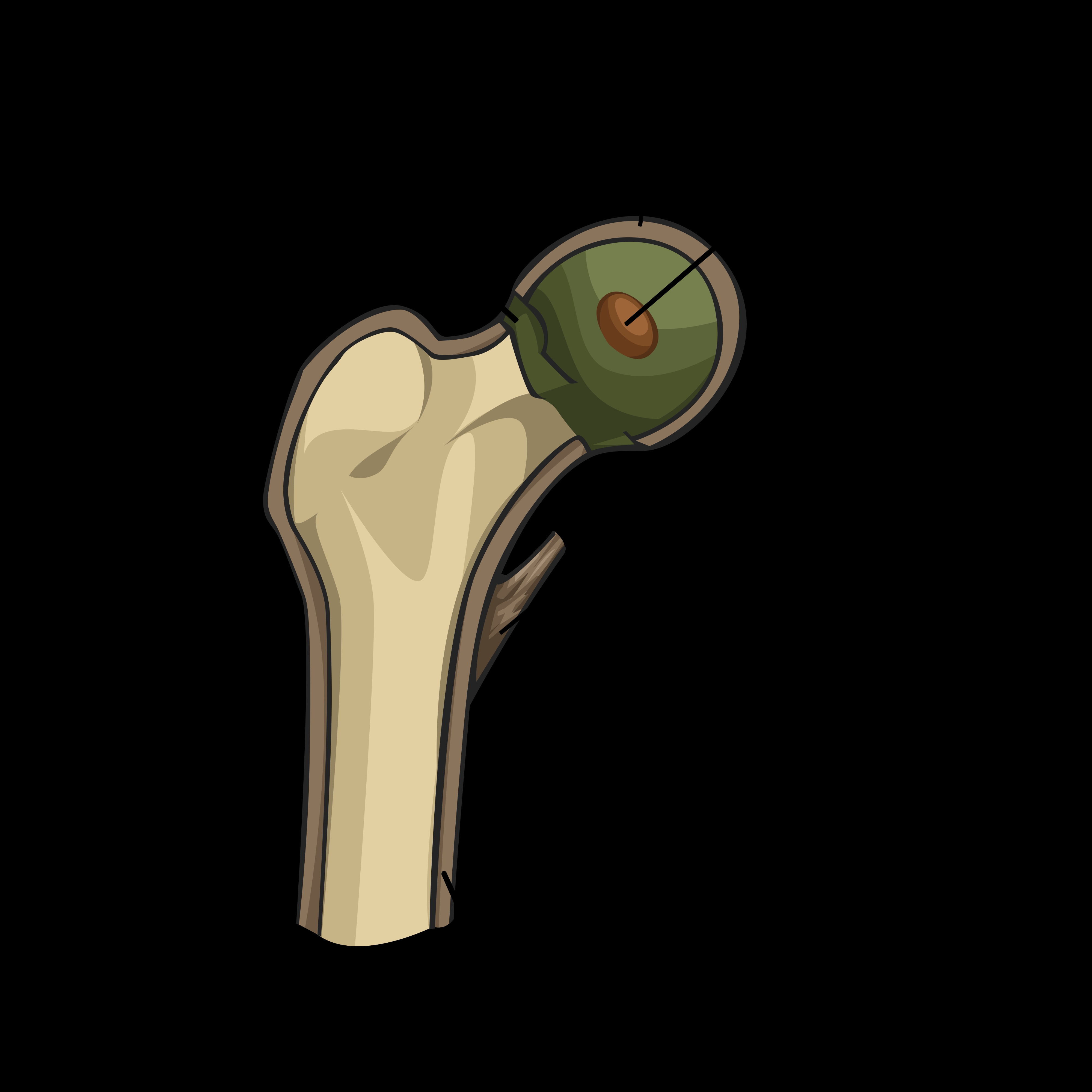
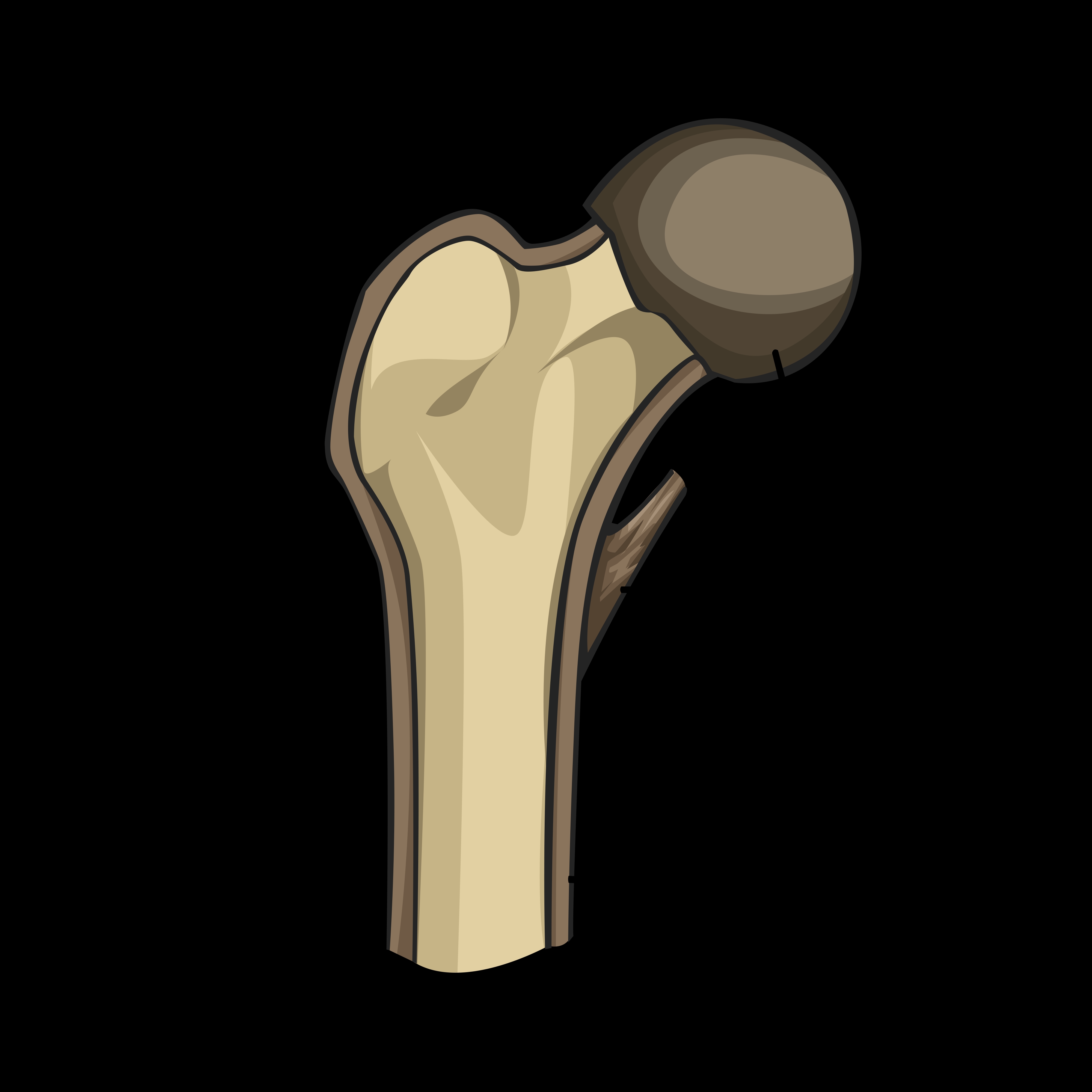
The bone structure in adolescents (left) differs from that of adults (right) in that the ligaments and tendons are relatively stronger than the underlying apophysis. Each of these developing bone areas is susceptible to different kinds of forces with various resulting injuries (see table 1). Osteochondrosis is a type of injury that affects the epiphyseal or growth plates (see table 2). Damage to these areas occurs as a result of rapid growth and the resulting muscle strain or overuse.
Once the cortical bone fully ossifies in an adult, the ligament or tendon becomes weaker in comparison and more vulnerable to excessive or repeated forces.
| Bone region | Injury risk in youths | ||||
|---|---|---|---|---|---|
| Articular cartilage | Cartilage is thicker and can remodel but is more vulnerable to repeated stress. | ||||
| Epiphyseal plate & metaphysis junction | Vulnerable to shearing forces and can disrupt growth if fractured. | ||||
| Apophyses (tendon attachment sites) | Cartilaginous site is weaker and more predisposed to an avulsion fracture. | ||||
| Metaphysis | More resilient and elastic, therefore less likely to result in a clean fracture, but rather it bends and creates an incomplete fracture. |
| Type | Condition | Location | |||
|---|---|---|---|---|---|
| Articular | Perthes’ disease | Hip | |||
| Kienbock’s lesion | Wrist | ||||
| Kohler’s lesion | Ankle | ||||
| Freiberg’s lesion | Foot | ||||
| Osteochondritis dissecans | Knee | ||||
| Non-articular | Osgood-Schlatter lesion | Knee | |||
| Sinding-Larsen-Johansson lesion | Knee | ||||
| Sever’s lesion | Heel | ||||
| Physeal | Sheurmann’s lesion | Thoracic spine |
In addition to these growth developments, tissues and bone mature at different rates. When youths reach peak height velocity, they will be 90% of their adult height, and their long bones will be almost fully developed. Yet, they will not have reached their peak bone mineral density and muscle mass(7). Bone mineral density peaks up to one and a half years after peak height velocity(8), and muscle-tendon development also lags six to 12 months behind peak height velocity(3). This delay creates periods of increased injury risk where rapid skeletal growth may alter an athlete’s neuromuscular control, coordination, and ability. A varied training prescription that addresses this can reduce injury risk by 45%(9).
How to modify youth training parameters
Youths require significant modifications in their training prescription for injury prevention in motor skill competency, warm-up prescriptions, and risk analysis. These, collectively with bio-banding considerations, can reduce injury risk and encourage maximal performance ability.Motor skill competencies
During childhood, the central nervous system undergoes accelerated growth and development. Therefore, the first 11 years for girls and 13 years for boys is the optimal time to target motor skill competencies (10). The subsequent growth spurts that occur in adolescence can alter neuromuscular control and increase injury risk as athlete’s develop an ‘adolescent awkwardness’ until their motor coordination adjusts to their new size(11). Thus, early childhood training should include athletic motor skill competency, physical capacity development, and sports-specific integration simultaneously(7). Childhood training lays down neural pathways that provide a foundation for movement patterns and basic strength to build upon for long-term athlete development(7).
Athlete motor skill competencies should initially focus on exercises involving:
- Lower-body (bilateral)
- Lower-body (unilateral)
- Upper-body (pushing)
- Upper-body (pulling)
- Anti-rotation and core strength
These competencies form the foundation to develop more complex skills such as:
- Acceleration, deceleration and re-acceleration
- Throwing, catching, and grasping
- Jumping, landing, and rebounding
Implement these competencies through structured methods that ensure the development of coordination, proprioception, muscular strength, mobility, and stability (see table 3). These general skills are appropriate for gross athleticism and apply to various sporting environments. Avoid early specialization, which may reduce movement capabilities.
| Motor skill competency method: | Aim: | Examples: |
|---|---|---|
| Animal shapes | - Positive engagement with strength and conditioning. | - Crawl on all fours like a bear |
| - Isolates movements to teach specific skills and patterns. | - Crawl on all fours like a crab with your belly facing the ceiling | |
| - Develops proprioception, coordination, strength, stability, core stability. | - Walk like an elephant using three points of ground-contact and one arm as your trunk | |
| - Enhances locomotion skills & rudimentary skills such as crawling, rolling, and balancing. | - Be a flamingo on one foot and reach down for your food | |
| Bodyweight exercises | - Develops manipulation of body for movements such as rolling, jumping, swinging, and twisting. | - Tuck |
| - Teaches control of their bodyweight in challenging positions. | - Pike | |
| - Teaches weight-bearing on hands, feet while developing flexibility, strength, and endurance. | - Backbend | |
| - Dish | ||
| - Squats | ||
| - Lunges | ||
| - Bridges | ||
| - Handstands | ||
| Games | - Challenges movements in unpredictable environments. | - Simon says game |
| - Higher variability of movements, which increases retention. | - Races in the form of bear crawls with balancing bean bags on their back while moving. | |
| - Develops decision-making skills, speed, and competitive skills. | - Stuck in the mud; when tagged, hold a specific position, e.g., press up position | |
| Obstacle course | - Develops creativity and movement expression. | - Use a variety of equipment e.g. Soft balls, Bosu balls, steps, benches, hoops, bean bags, balance beams. |
| - Unpredictable movement challenges, including different landing surfaces, directions, and use of various body parts. | ||
| - Develops rapid decision-making skills. | - Vary movement patterns, e.g., alternate from upright positions to low crawling, balancing items on back, carrying objects, lifting objects up, jumping over things, etc. |
Warm-up specifics
Warm-up prescriptions are implemented by all athletes and should progress through a sequence of light cardio elements, dynamic stretching, agility, and plyometric-based exercises relevant to the sport(12). Unfortunately, youth warm-ups often only incorporate up to two of these elements. Incorporation of motor skills within the warm-up provides consistent exposure and development.
Modify the warm-up exercises according to the athlete’s maturity and training exposure. Challenge experienced athletes to complete more complex, multi-plane movements that require high power and perhaps loading. Provide inexperienced athletes with simple movements and bodyweight exercises and progress them as their skills develop(12).
Youth risk analysis
Complete an individualized risk analysis for each youth to fully identify their needs and make recommendations on which parameters require further input (see figure 2). This analysis is especially important for children or adolescents recovering from injury. Identify which of the foundational components they may have missed during their development and incorporate that into their rehab and return to sport training. Perhaps consider bio-banding based on their risk analysis outcome to maximize their performance.
| Sports-specific requirements | Athlete-specific considerations |
|---|---|
| Biomechanical demands | Timing and rate of maturation |
| Physiological demands | Sex-dependent factors |
| Epidemiology & mechanics of injury | Technique competency |
| Previous training exposure |
Summary
- Youth injury prevention methods must consider growth, maturation, and development rates, as well as varying technical skills;
- Bio-banding is becoming a popular method to match youths by their maturation-associated similarities rather than chronological age and allows competition with similar-matched athletes;
- Skeletal immaturity and rapid periods of growth increase youth risk of bone injury compared to adults;
- Youth rehab and return to sport training should focus on motor skill development to capitalize on their neural plasticity and reduce injury during growth spurts while also preparing them for more aggressive play in adolescence and adulthood.
References
- Sports Medicine. 2019; 49:1671-1685.
- Annuals of Human Biology. 2020; 47(4): 328-335.
- Human Kinetics. 2004. Growth, maturation, and physical activity. 2nd ed. Champaign IL.
- Dev Rev. 2001. 21(2): 147-167.
- Aspetar Sport Med J. 2015; 4:114-118.
- Clinical Sports Medicine. 2006. 3rd ed. McGraw-Hill.
- NSCA. 2020; 42(6): 120-128.
- Am J Clin Nutr. 1997; 66:611-615.
- Br J Sports Med. 2020; 54:1028-1035.
- Strength Cond J. 2012; 61-72.
- NSCA. 2020; 42(6): 54-70.
- NSCA. 2020; 42(6): 45-49.
You need to be logged in to continue reading.
Please register for limited access or take a 30-day risk-free trial of Sports Injury Bulletin to experience the full benefits of a subscription. TAKE A RISK-FREE TRIAL
TAKE A RISK-FREE TRIAL
Newsletter Sign Up
Subscriber Testimonials
Dr. Alexandra Fandetti-Robin, Back & Body Chiropractic
Elspeth Cowell MSCh DpodM SRCh HCPC reg
William Hunter, Nuffield Health
Newsletter Sign Up
Coaches Testimonials
Dr. Alexandra Fandetti-Robin, Back & Body Chiropractic
Elspeth Cowell MSCh DpodM SRCh HCPC reg
William Hunter, Nuffield Health
Be at the leading edge of sports injury management
Our international team of qualified experts (see above) spend hours poring over scores of technical journals and medical papers that even the most interested professionals don't have time to read.
For 17 years, we've helped hard-working physiotherapists and sports professionals like you, overwhelmed by the vast amount of new research, bring science to their treatment. Sports Injury Bulletin is the ideal resource for practitioners too busy to cull through all the monthly journals to find meaningful and applicable studies.
*includes 3 coaching manuals
Get Inspired
All the latest techniques and approaches
Sports Injury Bulletin brings together a worldwide panel of experts – including physiotherapists, doctors, researchers and sports scientists. Together we deliver everything you need to help your clients avoid – or recover as quickly as possible from – injuries.
We strip away the scientific jargon and deliver you easy-to-follow training exercises, nutrition tips, psychological strategies and recovery programmes and exercises in plain English.







